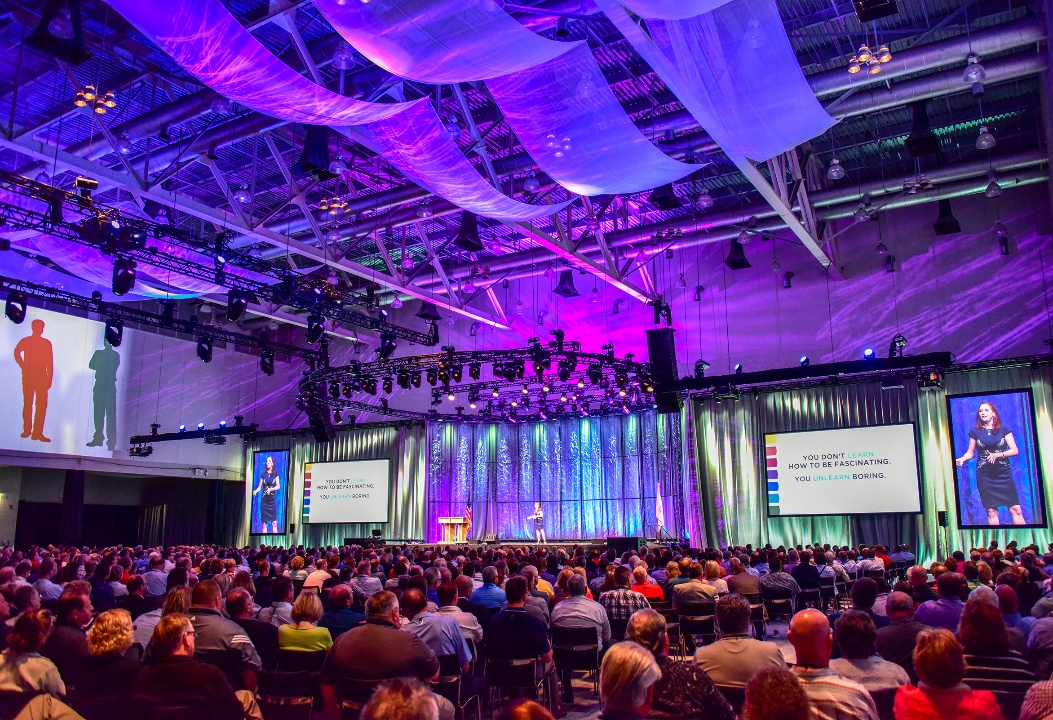Overcoming Challenges in the Art of Visual Projection Mapping Implementation
Wiki Article
Video projection mapping technology is an exciting method that transforms ordinary areas into dynamic presentations. This technique allows artists and designers to cast images and footage onto objects like structures, statues, or theaters, creating an engaging visual encounter. However, despite its potential, implementing video projection mapping successfully comes with several obstacles. Understanding and addressing these obstacles is essential for anyone looking to create memorable projection art.
One of the main challenges in video projection mapping is ensuring that the projected graphic aligns accurately with the surface. This procedure, known as "mapping," requires accurate measurements and calculations. If the display is not matched correctly, the images can appear warped or misplaced. To tackle this issue, artists often use specialized software that helps in mapping the visuals to the object's size. Moreover, conducting thorough tests before the ultimate projection can help identify any discrepancies and allow for modifications to be made.

Another major challenge is the varying luminosity and color of the displayed images. Different materials react variously to light, which can influence how the colors look once cast. For instance, a pale material will reflect brightness read the article differently than a deep one. To overcome this, creators must think about the surface characteristics before selecting the hues and brightness for their displays. Testing the projection on the real surface during the planning phase can provide valuable insights into how the ultimate presentation will appear.
Technical difficulties can also pose a hurdle in video projection mapping. Issues such as hardware malfunction, software glitches, or network issues can interfere with the entire project. To reduce these threats, it is essential to conduct comprehensive equipment inspections and have contingency plans in place. This can comprise having extra cables, projectors, and even backup software options ready to go. Being ready for technological difficulties can ensure a more seamless execution of the display.
Finally, audience engagement is an essential aspect of video projection mapping. While the visuals are critical, how the audience interact with the display can make a significant impact. Artists must consider about how to design their projections to attract viewers’ focus and promote interaction. This can involve incorporating elements that encourage engagement or create a story that connects with the viewers. like it Gathering input from test viewers can also help enhance the show to improve engagement.
In summary, overcoming obstacles in video projection mapping demands meticulous planning and innovation. By addressing the challenges of alignment, brightness, technical issues, and audience engagement, creators can create spectacular and impactful projections. With the appropriate strategies in place, video projection mapping can transform ordinary spaces into extraordinary experiences, engaging audiences and leaving a memorable impression.